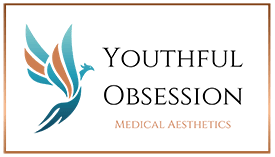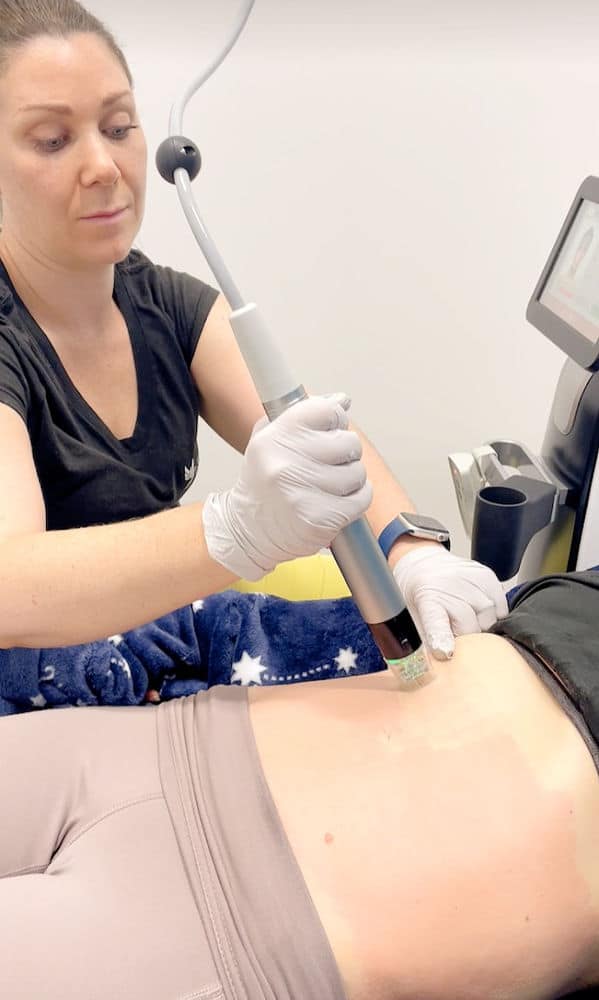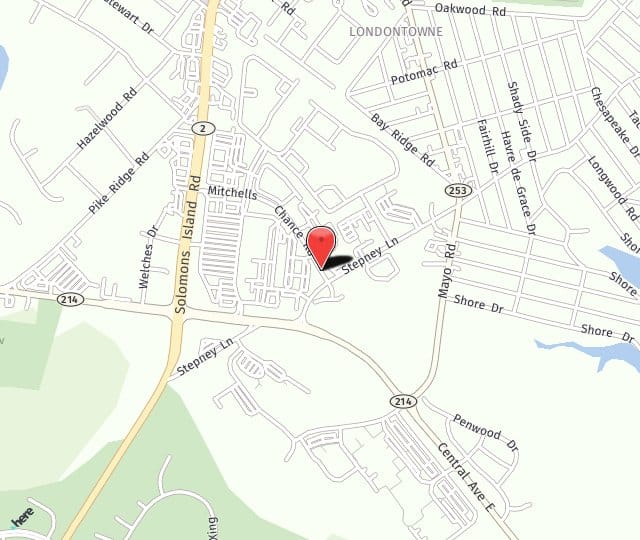In preparation for your RF Microneedling service, we ask that you review these before and after care instructions. As always, if you have any questions please reach out to us.
One week prior to treatment:
- Stop taking NSAID medicines such as Aspirin, Ibuprofen, and Naproxen since they interfere with normal blood clotting. Check medication labels for the active ingredient.
- You may take Acetaminophen (Tylenol) as needed for pain not to exceed 3000 mg a day.
Three days prior to treatment:
- Discontinue any irritant type topical products or treatments
- Products such as Alpha Hydroxy Acids, Beta Hydroxy Acid, Retinol (Vitamin A), Vitamin C (in a low pH formula), scrubs or anything perceived as ‘active’ skincare.
- No treatments such as microdermabrasion and laser
- No prolonged sun exposure, to the area being treated
- A treatment will not be administered on sunburned skin
- Shower as usual
- Do not apply any lotion, powder, oils or other products to treatment areas
- If face/neck being treated:
- Cleanse your face/neck and do not apply makeup
- If you have long hair bring a hair band to pull it back
- Immediately after your treatment, you will look and feel like you have a moderate sunburn
- Skin may feel warm and tighter than usual
- 1 day Post-Treatment: Redness and transient edema, skin begins to turn to a condition similar to before treatment.
- 3 days - 1 week Post-Treatment: Brighter skin tone and significant reduction in sebum secretion in oily skin types.
- 1 month Post-Treatment: Improvement of fine wrinkles and skin laxity.
- 1-3 months Post-Treatment: Continuous improvement of fine wrinkles, pores size, scars and skin laxity.
- Common expected skin reactions include erythema (redness), edema (swelling), transient pin-point bleeding, and very slight discomfort after treatment. Pin-point bleeding should stop within minutes after application, discomfort within a few hours and erythema and edema gradually diminishes to normal in 1 to 3 days.
- Crusting begins to appear 1 – 2 days after treatment and sloughs off in 3 – 5 days.
- Other less common skin reactions include petechia which fade in a few days or bruising (purpura) which can take up to a week to disappear.
- Other skin reactions include irritation, itching, and burning sensation. These typically subside in a few hours to 1 day, but may get aggravated with heat or sweating.
- CLEAN – Use a soothing cleanser or face wash with lukewarm water to cleanse the face and gently pat dry the treated skin until it heals.
- Always make sure that your hands are clean when touching the treated area.
- HYDRATE – Use a gentle moisturizer or healing ointment on the treatment area until skin heals.
- MAKEUP – Can be applied 2 days after the treatment.
- Clean makeup brushes prior to using.
- PROTECT – At 24 hours after the procedure, you should apply a broad-spectrum UVA/UVB sunscreen with a SPF50+, AT ALL TIMES when you will be outside.
- Use a physical sunscreen (Zinc/Titanium Dioxide) daily. Do not use chemical sunscreens (oxybenzone, avobenzone, octisalate, octocrylene, homosalate and octinoxate).
- Reapply often→ In addition to reducing your future risk of skin cancer, sunscreens also reduce wrinkles and slow the aging process.
To ensure the proper healing environment, be certain to observe the following:
- For at least 48 hours post treatment, do NOT use any Alpha Hydroxy Acids, Beta Hydroxy Acid, Retinol (Vitamin A), Vitamin C (in a low pH formula) or anything perceived as ‘active’ skincare.
- Avoid intentional and direct sunlight for at least 24 hours. No tanning beds.
- Do not go swimming for at least 24 hours post-treatment.
- No exercising or strenuous activity or hot showers (saunas, hot tubs, etc) for the first 24 hours post-treatment.
- Sweating and gym environments are harmful, rife with bacteria, and may cause adverse reactions.
- The heat from hot showers can cause blistering and hyperpigmentation.






